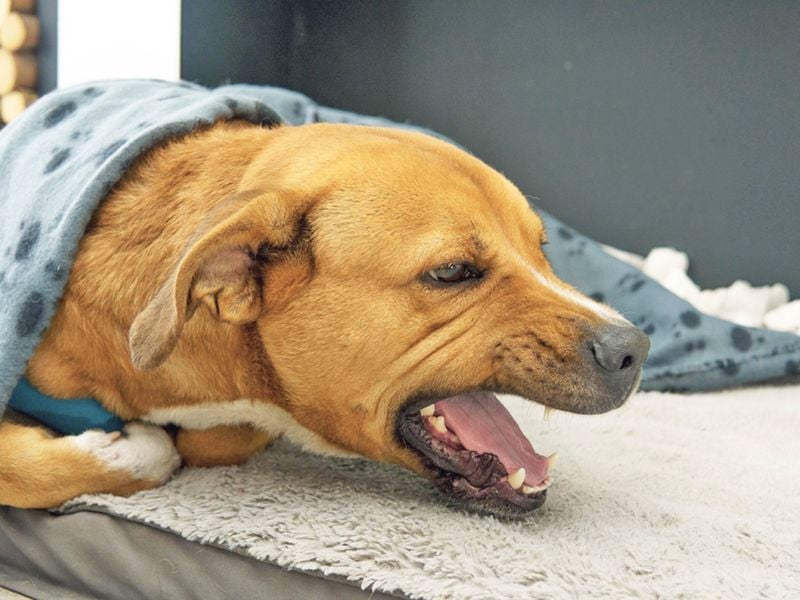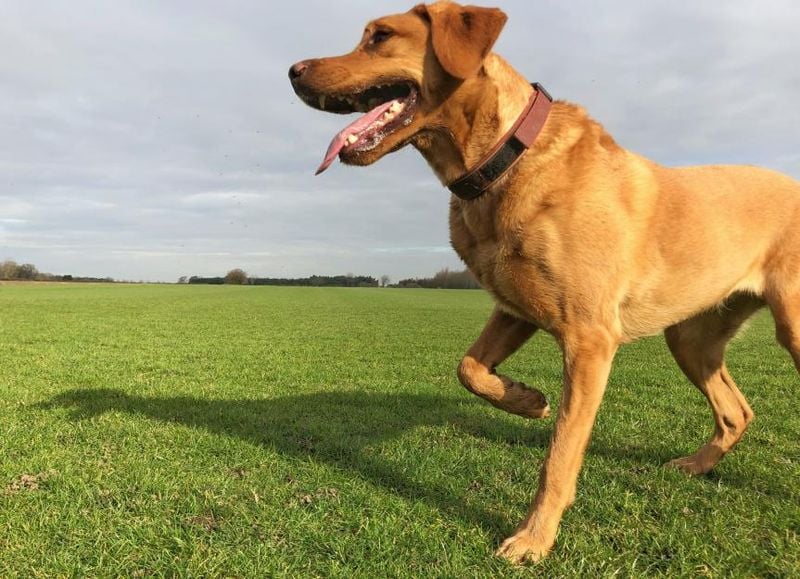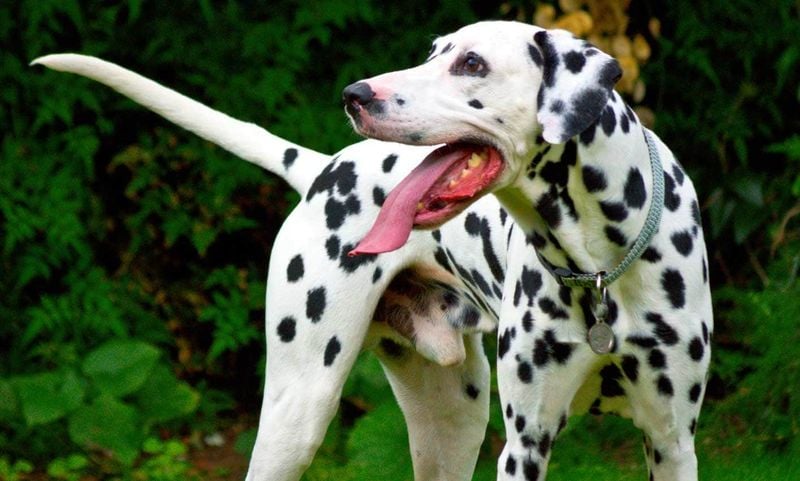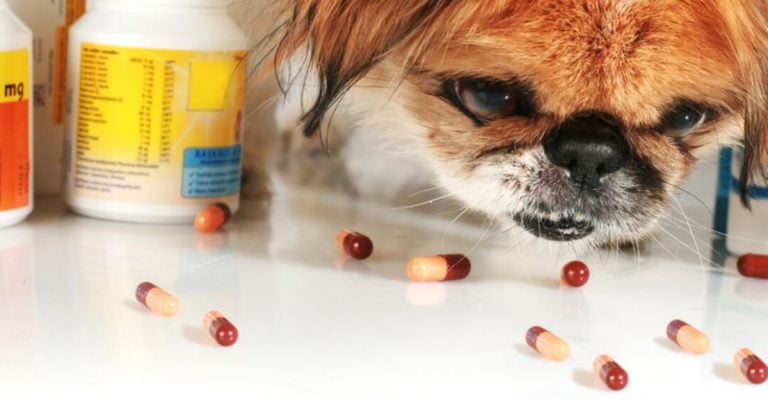15 Health Red Flags Every Dog Owner Needs to Know
Your dog can’t tell you when something’s wrong—but their body and behavior usually will. The problem is, some warning signs are so subtle that they’re easy to miss or brush off as “just getting older.”
That’s why it’s crucial to recognize red flags before they spiral into bigger health issues. A limping paw, a sudden change in appetite, or even an odd smell from their ears could all be early cries for help.
These little shifts may seem harmless at first, but they’re often how serious illnesses start to show.
Whether you’re a first-time dog parent or a lifelong owner, staying alert to these signs could be the difference between catching a problem early or facing an emergency later.
Here are 15 health red flags every dog owner should watch for—because your best friend deserves your best attention.
1. Sudden Weight Loss or Gain
Ever noticed your dog’s collar fitting a bit looser or tighter? A sudden change in a pup’s weight can be more than just an aesthetic issue. This could be an indicator of serious health conditions such as metabolic disorders, cancer, or organ dysfunction.
A few pounds might not seem like a lot, but in the world of dogs, it can be significant. Being observant can be lifesaving, especially if these changes occur over a short period.
Sometimes, even a change in exercise or diet doesn’t account for it. It’s crucial to consult your vet to explore underlying causes and ensure your pet’s well-being. After all, a healthy weight is a cornerstone of a happy dog.
2. Unexplained Lethargy
When your lively pup suddenly becomes a couch potato, it’s natural to be concerned. Unexplained lethargy can be a sign that something more serious than a sleepy day is affecting your dog’s health.
This sudden drop in energy might be linked to underlying issues such as infections, anemia, or even heart disease.
While everyone needs a lazy day once in a while, persistent lethargy needs a professional’s insight. Remember, your dog’s energy level can be a window into its overall health. Better safe than sorry when it comes to your loyal companion.
3. Persistent Vomiting or Diarrhea
Stomach upsets happen; we’ve all been there. But when your dog is frequently vomiting or experiencing diarrhea, it’s time to pay attention. Persistent episodes can be more than just a dietary mishap.
These symptoms might indicate infections, poisoning, or chronic conditions that need immediate care. Blood in vomit or stool is especially concerning and warrants a vet visit.
While occasional issues might resolve on their own, chronic or severe symptoms shouldn’t be ignored. Early intervention can save your dog from long-term discomfort or more severe health problems.
4. Bad Breath That Smells Rotten
Every dog owner knows that doggy breath is a thing, but when it turns into a foul odor, it’s a red flag. Bad breath that smells rotten could mean dental disease or more serious internal issues.
The buildup of bacteria can lead to gum disease, tooth decay, and infections. In some cases, it might even be indicative of kidney or liver problems.
Regular dental checks and cleanings are important, but persistent bad breath should not be overlooked. It’s not just unpleasant; it might be your dog’s way of telling you something is wrong.
5. Coughing That Won’t Go Away
A lingering cough in your furry friend can be more than just an annoying noise; it could be a clue to underlying health problems. Chronic coughs may indicate respiratory infections like kennel cough or more serious conditions.
Heart disease or even lung tumors can present themselves with persistent coughing. It’s essential to monitor the frequency and nature of the cough—wet, dry, hacking?
If the cough doesn’t resolve quickly, a visit to the vet can provide peace of mind and ensure your pup receives necessary care. Remember, a cough is a symptom, not a disease.
6. Scooting or Excessive Rear-End Licking
It might look comical when your dog scoots across the floor, but it’s often a sign that something’s not quite right. Scooting and excessive licking around the rear can indicate impacted anal glands.
This behavior may also suggest parasites or skin infections. While it might seem like a quirky habit, it’s essential to address it. Ignoring these signs could lead to discomfort or more serious health issues.
A visit to the vet will help rule out conditions and provide relief to your furry companion. After all, a happy tail wags without worries.
7. Increased Thirst or Urination
Ever notice your dog draining its water bowl like never before? Increased thirst and urination can be signs of underlying health issues such as diabetes or kidney problems.
These symptoms can also be associated with hormonal disorders like Cushing’s disease. Keeping track of your dog’s drinking habits can provide valuable insights into their health.
If these habits change suddenly, it’s wise to consult with a veterinarian. Staying vigilant about these signs can help catch potential health concerns early, keeping your dog happy and healthy.
8. Limping or Difficulty Getting Up
Watching your dog struggle to get up can be heartbreaking. Whether it’s due to arthritis, injury, or joint degeneration, limping needs attention.
A limp might be a sign of a minor injury or something more chronic. It’s crucial to observe any changes in mobility, especially in older dogs.
Your vet can help diagnose the cause and provide treatments to ease discomfort. A dog’s ability to move comfortably affects their quality of life, making timely intervention essential.
9. Excessive Drooling
While some drool is part of the package, excessive drooling can be a warning sign. Apart from excitement or heat, it might indicate dental abscesses or exposure to toxins.
Certain breeds are naturally droolers, but a sudden increase merits attention. It could be an allergic reaction or a symptom of something more serious.
Monitoring changes in drooling patterns can help catch issues early. A vet’s assessment can provide guidance and peace of mind, ensuring your dog’s comfort and health.
10. Changes in Appetite
A sudden change in your dog’s eating habits can be a red flag. Whether they’re refusing meals or eating voraciously, shifts in appetite may signify underlying health issues.
Gastrointestinal problems, thyroid issues, or even emotional distress could be at play. Observing these changes helps identify when to seek veterinary advice.
Staying in tune with your pet’s appetite can ensure they receive timely care, maintaining their overall well-being and happiness.
11. Eye Discharge or Cloudiness
Eyes are more than windows to the soul; they’re indicators of health. Discharge, redness, or cloudiness in a dog’s eyes might signal infections or vision problems.
These symptoms can point to conjunctivitis, corneal ulcers, or even glaucoma. Regular checks and prompt attention to changes can prevent further complications.
A visit to the vet can diagnose the issue and start necessary treatment. Keeping your dog’s eyes clear and healthy is vital for their quality of life.
12. Skin Lumps or Bumps
Discovering a lump on your dog can be alarming. While not all are cancerous, any new growth should be examined by a vet.
Lumps can range from benign cysts to malignant tumors, making professional evaluation critical. Early detection and diagnosis can lead to better outcomes.
Routine checks of your dog’s skin can help spot abnormalities early, ensuring prompt care and peace of mind for you and your pet.
13. Unusual Odors from Ears or Skin
Strange smells can signal health problems in your dog’s ears or skin. Yeast infections, ear mites, or dermatitis often cause strong odors that require treatment.
Regular grooming and hygiene can prevent some issues, but persistent smells should be addressed by a vet.
Catching these issues early can prevent discomfort and more severe health concerns, keeping your dog fresh and happy.
14. Excessive Panting When Not Hot or Tired
Panting is normal after play or in heat, but excessive panting without cause can signal health issues. It might indicate pain, anxiety, or problems with heart or lungs.
Monitoring when and how often your dog pants can reveal important health clues. If the panting seems unusual, consulting a vet is wise.
Understanding your dog’s behavior helps in recognizing when something isn’t right, ensuring timely intervention and care.
15. Behavioral Changes
When your dog starts acting out of character, it’s not just quirky behavior. Irritability, withdrawal, or increased clinginess can be subtle signs your dog is unwell.
Behavioral changes might hint at pain, anxiety, or even neurological issues. These shifts can sometimes be mistaken for behavioral problems, delaying necessary care.
Being attuned to your dog’s usual demeanor helps in spotting when something is off. A vet’s insight can ensure your pet receives the care it needs.





















